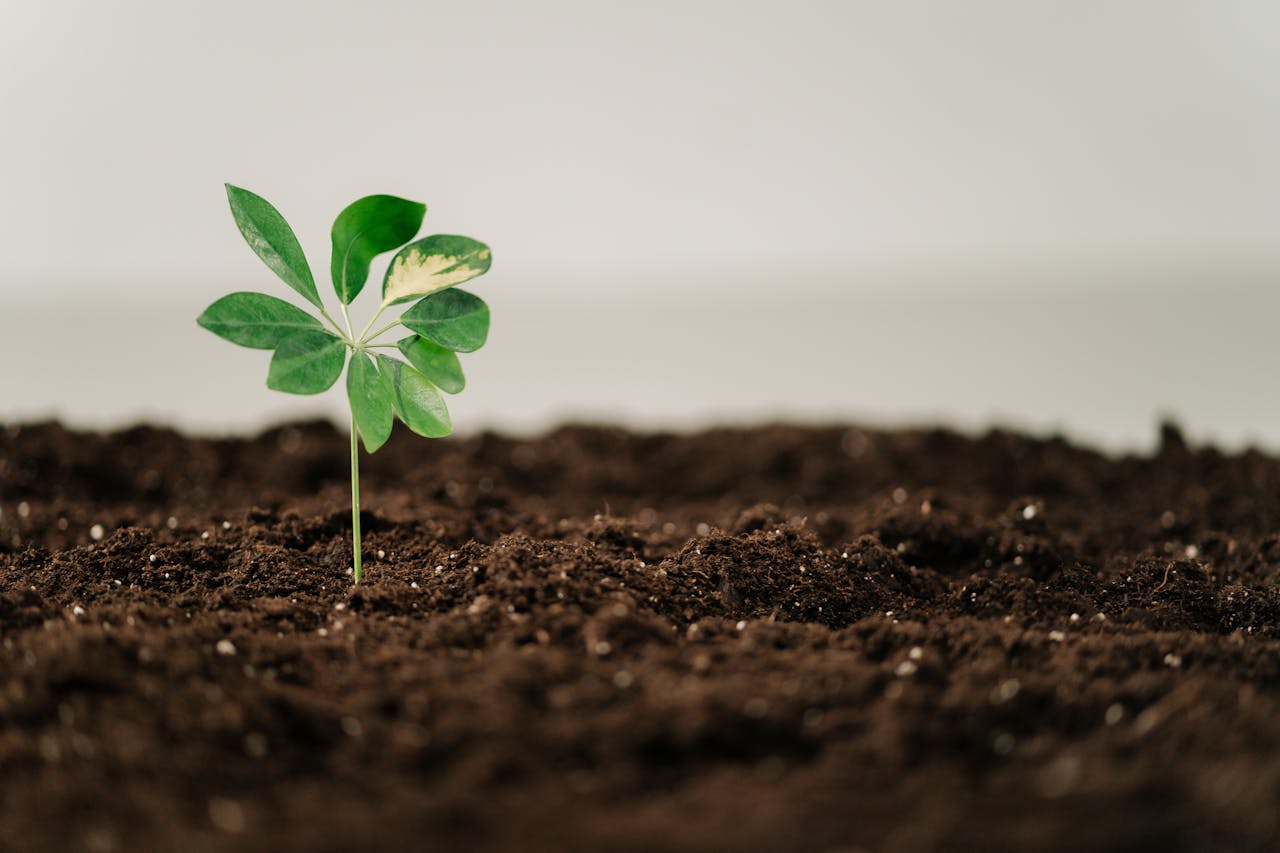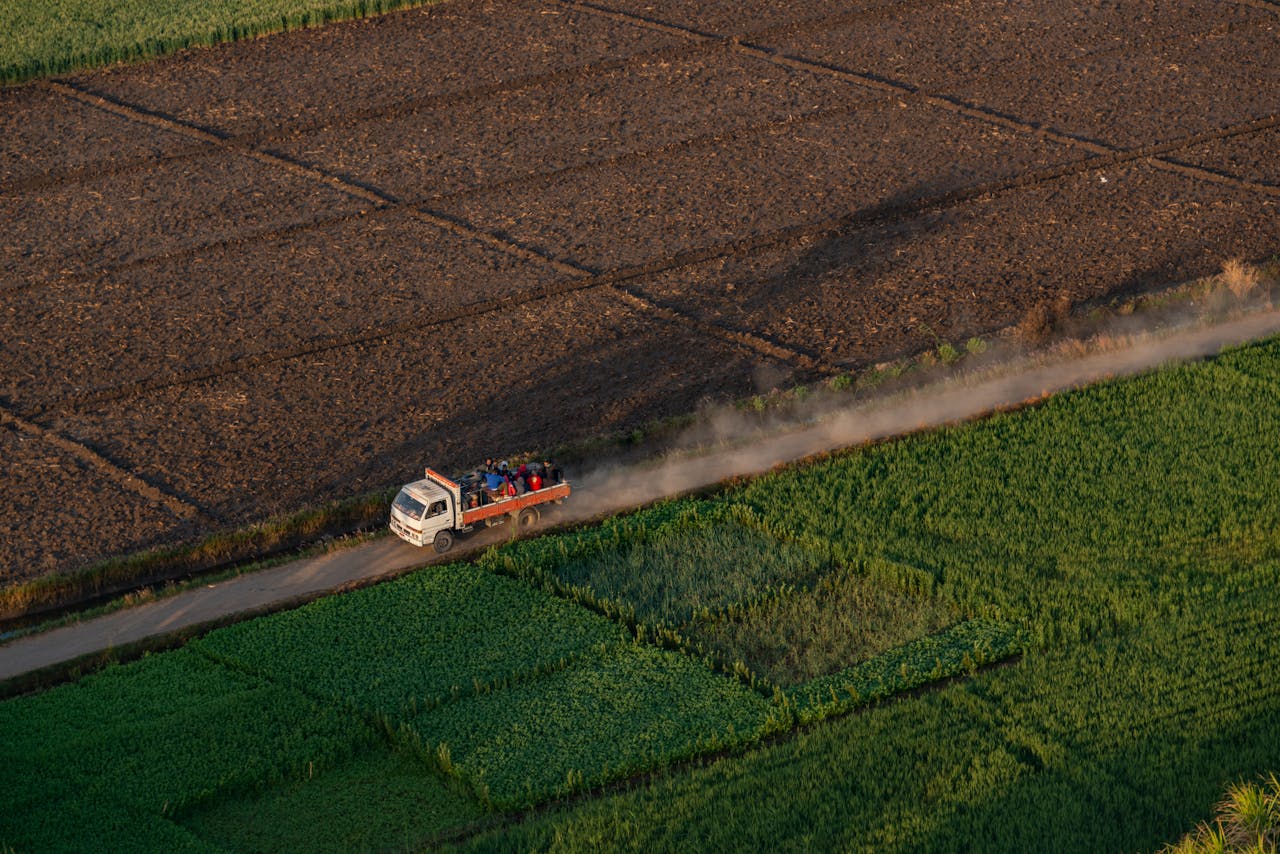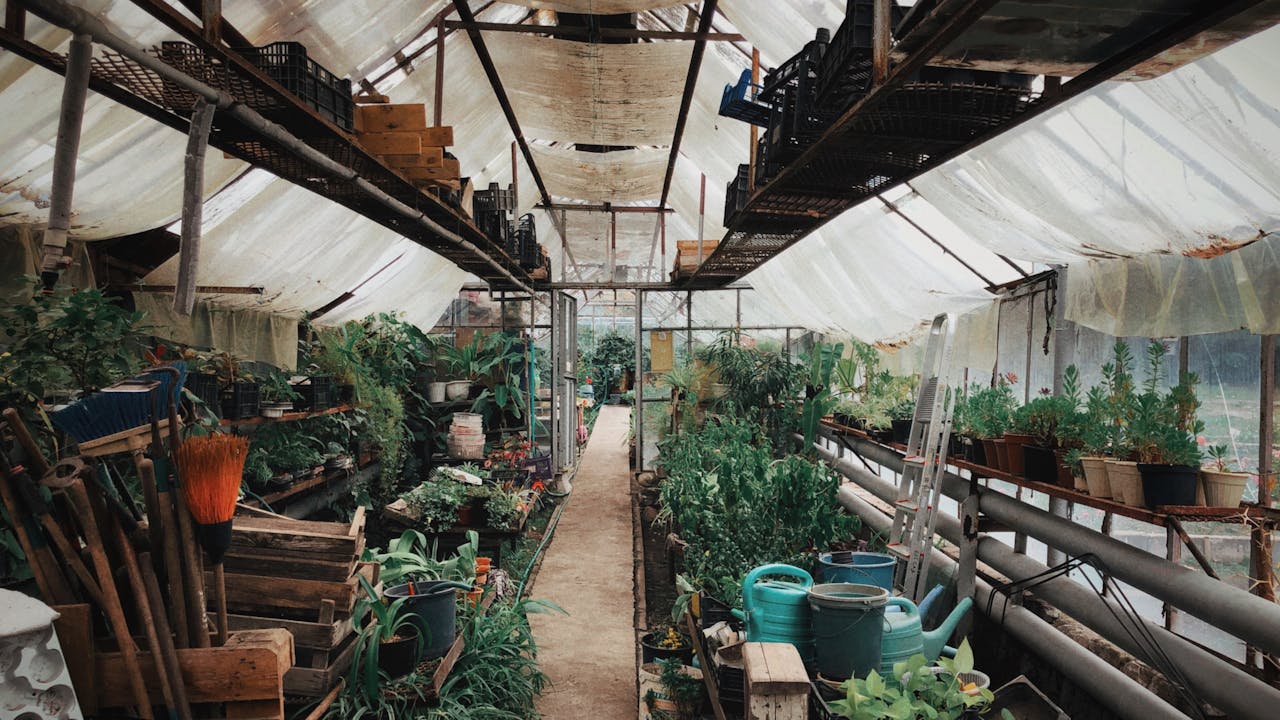In the quest to feed a growing population, agriculture relies heavily on fertilizers and pesticides to boost crop yield and protect plant health. Yet, the impact of these tools goes beyond the farm. How can we maximize the benefits of fertilizers and pesticides while minimizing their environmental footprint? Join us as we explore the modern approach to using these tools responsibly, nurturing not just our crops but also the land we depend on.
Fertilizers: Enriching the Soil for Healthier Plants
Healthy soil is the foundation of any productive farm. Fertilizers help ensure that soil remains rich in essential nutrients, enabling plants to grow strong and resilient. When chosen and applied thoughtfully, fertilizers can significantly increase crop yield without compromising soil health.
- Types of Fertilizers and Their Uses: Fertilizers come in organic and synthetic varieties. Organic fertilizers, like compost and manure, enrich the soil gradually, improving its texture and structure over time. Synthetic fertilizers, on the other hand, provide a targeted nutrient boost, helping plants grow faster and stronger.
- Soil Testing and Fertilizer Choice: Before applying fertilizers, farmers and gardeners benefit from soil testing. This step reveals which nutrients the soil lacks, allowing for a customized fertilization approach. By adding only what the soil needs, farmers prevent nutrient runoff and reduce environmental impact.
- Timing and Application Techniques: Timing is crucial when applying fertilizers. For instance, nitrogen applied early in the growth cycle encourages lush green foliage, while phosphorus and potassium support flowering and fruiting stages. Proper application techniques, such as controlled-release granules or drip irrigation, also help plants absorb nutrients more efficiently.
By using fertilizers responsibly, we can cultivate nutrient-rich soil and productive farms while preserving the natural balance.
Pesticides: Safeguarding Crops with Care
Pests are an unavoidable challenge in farming, and pesticides provide a means to control insects, weeds, and diseases that can devastate crops. However, the excessive or inappropriate use of pesticides can lead to issues like pest resistance and environmental harm.
- Types of Pesticides: From insecticides to fungicides, each pesticide type has a specific role in protecting crops. Understanding these types allows farmers to select the right pesticide for their needs, minimizing the chances of overuse.
- Alternative Pest Management Approaches: Integrated Pest Management (IPM) combines pesticides with natural pest controls, such as beneficial insects, crop rotation, and resistant crop varieties. IPM helps reduce dependency on chemical pesticides while keeping crops protected.
- Pesticide Safety and Environmental Impact: When pesticides are necessary, following safety guidelines is essential. Proper storage, application, and disposal of pesticides help reduce environmental risks. Additionally, by avoiding broad-spectrum pesticides and opting for targeted options, farmers can protect beneficial organisms like pollinators.
Using pesticides thoughtfully ensures that we control pests without damaging the surrounding ecosystem, allowing agriculture to coexist harmoniously with nature.
Balancing Yield and Sustainability
The art of sustainable farming lies in balancing crop productivity with environmental responsibility. While fertilizers and pesticides are vital for high-yield agriculture, they must be used with precision and care. Sustainable practices, like using organic fertilizers, adopting crop rotations, and minimizing pesticide use, can help farmers maintain a healthy ecosystem.
Final Thoughts: Growing with a Vision for the Future
Sustainable agriculture isn’t just about what we grow today—it’s about how we protect the land for future generations. Fertilizers and pesticides, when applied with a deep understanding of their impact, become powerful tools in our mission to nourish the world sustainably.
What sustainable farming practices are you exploring? Join the discussion and share your thoughts below. Together, let’s grow with a vision for a greener future!


